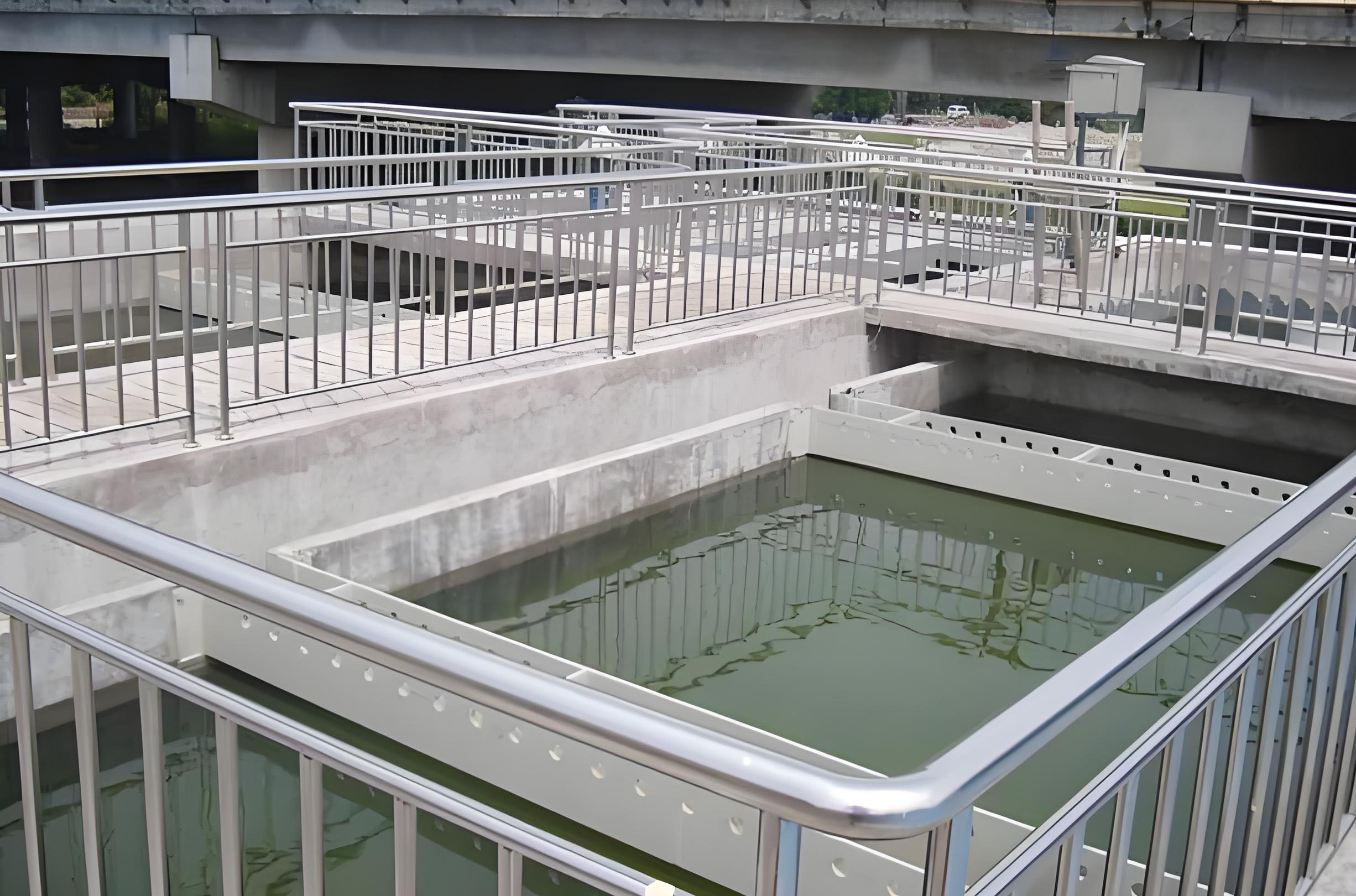In the process of water treatment, the generation of foam is a common problem, especially in industrial wastewater treatment, food processing, paper making, textile, chemical and other industries. A large amount of foam not only affects the treatment efficiency, but also may cause problems such as substandard water quality and equipment operation obstacles. At the same time, when there is too much foam, it is also necessary to add additional chemicals or increase the cost of manual cleaning. Therefore, the rational use of defoamers is an important step in water treatment processes.
Defoamer molecules have lower surface tension than foam stabilizers, and can quickly spread on the surface of foam, making the liquid film thin and broken.
Some defoamers can also be adsorbed on the gas-liquid interface to prevent the formation of new foam. Our common defoamers can be simply divided into organosilicon, polyether, mineral oil, and composite defoamers. Each type of defoamer has its own advantages and disadvantages, such as organosilicon defoamers, which have fast defoaming, high temperature resistance, and good chemical stability. However, they are difficult to degrade and excessive use may affect environmental issues. They are mainly suitable for high foaming systems such as industrial wastewater, papermaking, and chemical engineering. Polyether is easily biodegradable, acid and alkali resistant, safe and environmentally friendly, but has poor defoaming durability, mainly suitable for industries such as food, pharmaceuticals, and biological wastewater treatment. Mineral oils have low cost and wide applicability, but are prone to residue and may cause secondary pollution. They are generally used for industrial wastewater treatment. The composite type has strong comprehensive performance and is suitable for complex water quality, but its cost is relatively high. It is usually used for difficult foam control systems.
So when selecting suitable defoamers, we need to consider the water quality, process, economy, and environmental friendliness comprehensively. Before large-scale deployment, it is recommended to conduct small-scale trials to determine the optimal dosage and defoamer type, in order to ensure the efficient and stable operation of the water treatment system and ultimately achieve the most ideal defoaming results.


 English
English
 Chinese
Chinese Vietnamese
Vietnamese
 HOME
HOME
 PRODUCT
PRODUCT
 NEWS
NEWS
 CONTACT
CONTACT


